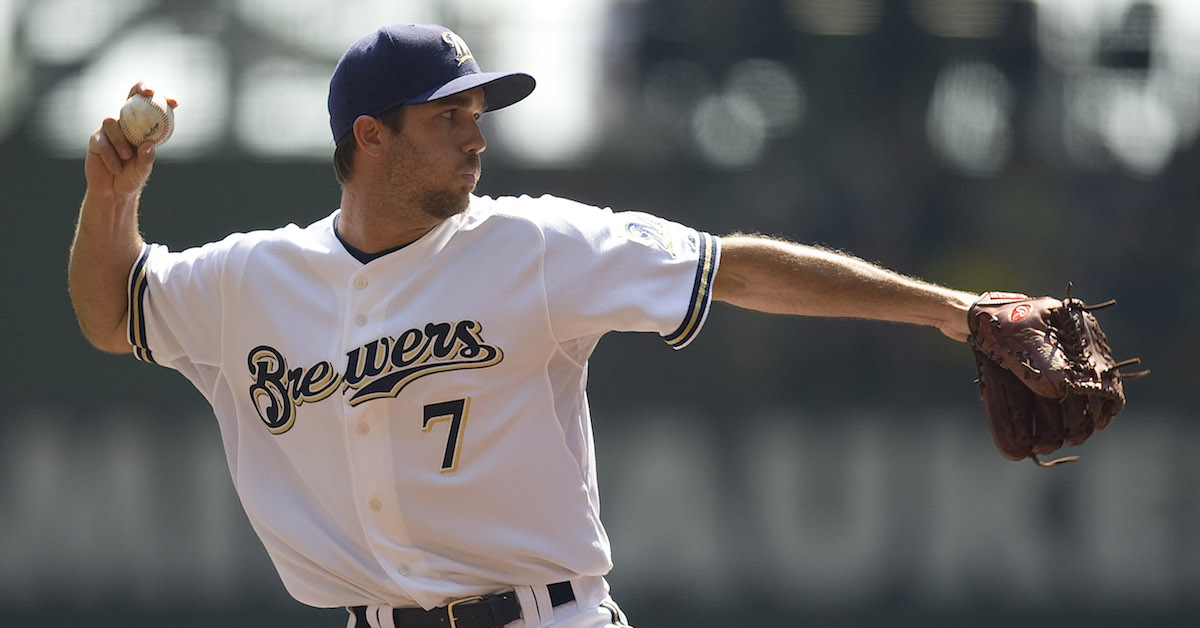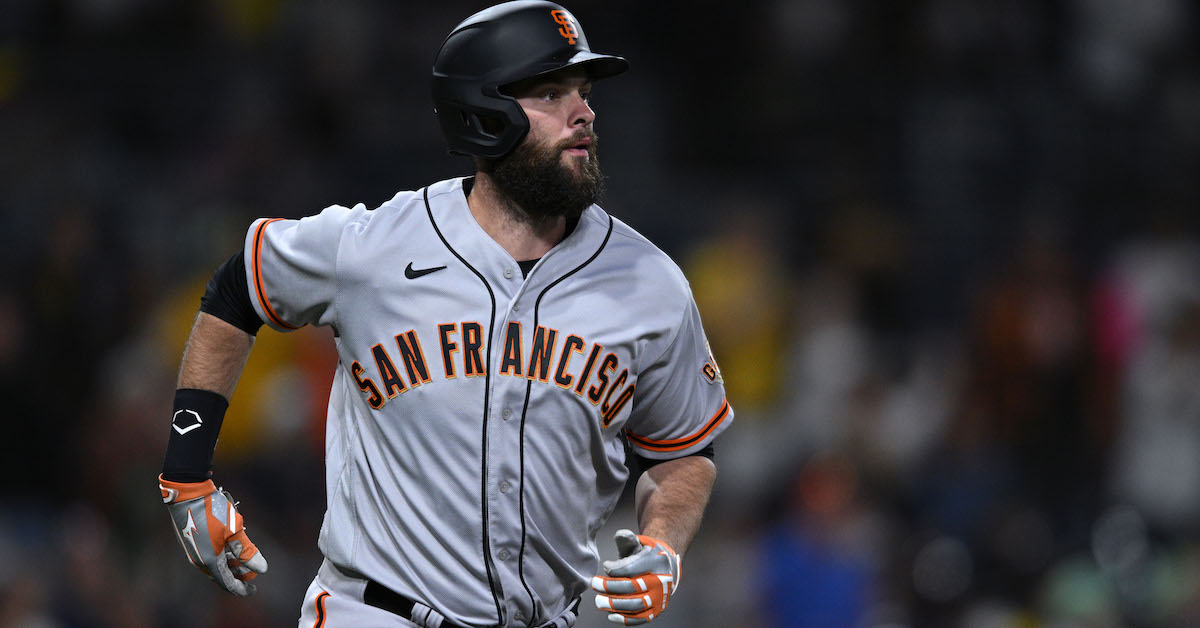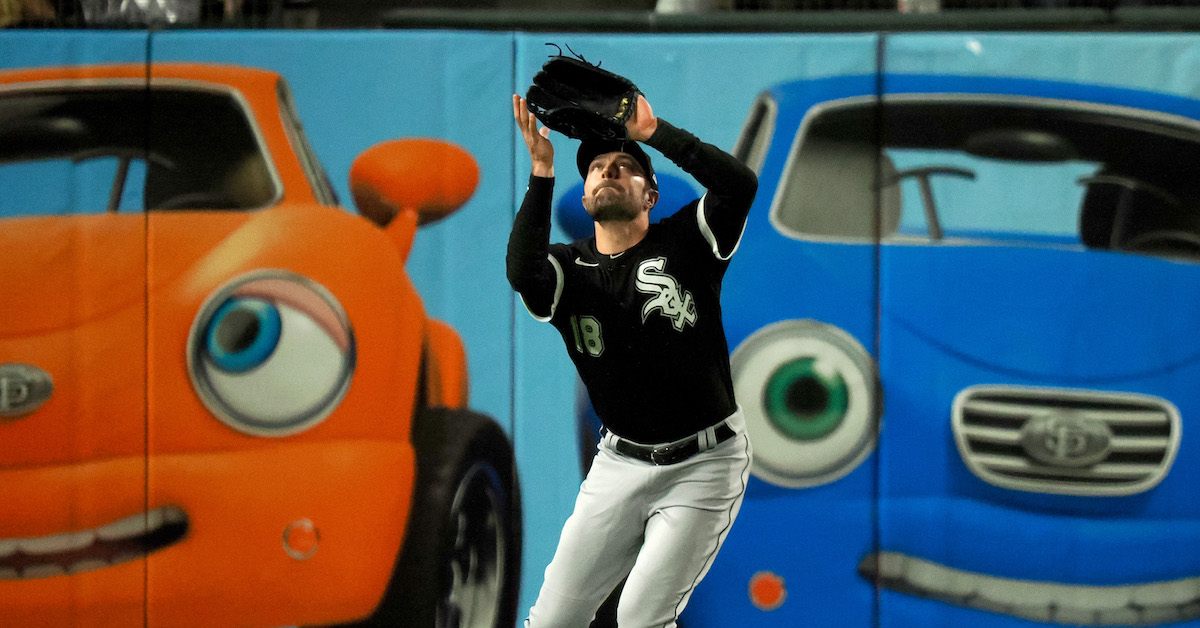Angels Continue Adding Roster Depth, Sign Brett Phillips

It’s been a busy offseason for the Angels, who have added to their superstar duo in Mike Trout and Shohei Ohtani by trading for Gio Urshela and Hunter Renfroe, and signing Brandon Drury, Tyler Anderson, Carlos Estévez, and now Brett Phillips. Phillips has bounced around the league since his debut in 2017, maxing out at just 292 plate appearances in a season. In 2022, he spent time with the Rays and Orioles but was DFA’d by both and became a free agent. The 28-year old will earn $1.2 million in Anaheim this season.
Phillips is a baserunning and defensive specialist with some sneaky pop. To put it another way, he has struggled at the plate throughout his career and has never made it as a starting position player. While he was quite solid in 2021, slashing .206/.300/.427 with a 103 wRC+ (and a 138 wRC+ when he held the platoon advantage) and 2.3 WAR, that production was nowhere to be seen in ’22. In 900 career plate appearances, he holds a 71 wRC+, and his Steamer projection of 74 wRC+ suggests that’s what you should expect going forward.
Phillips’ biggest weakness at the plate is his struggle to put bat on ball. Over the past two seasons, he’s come up empty on over a third of his swings, ranking in just the third percentile of hitters during that timespan. His uppercut swing has a large hole up in the zone, where his whiff rates in that area approach 50%. While he doesn’t chase many pitches out of the zone, his approach at the plate is more passive than disciplined, as he also watches many pitches over the plate. The end result is that pitchers earn far more strikes against him compared to the average hitter; his 32.9% CSW ranks second-worst among all batters. Throughout his career, he has walked at an above-average 9.7% clip, but his enormous 37.8% strikeout rate makes Giancarlo Stanton look like Luis Arraez in comparison. And while many of his compatriots on the whiff rate leaderboard like Joey Gallo and Miguel Sanó have outlier raw power, Phillips has never hit a ball harder than 108 mph. Read the rest of this entry »








